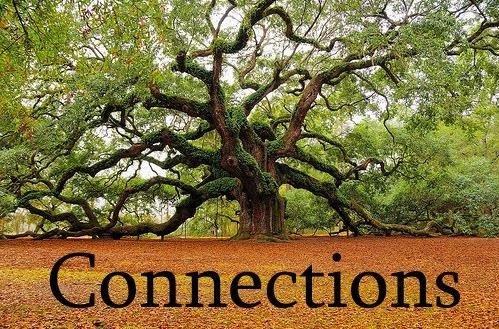The Jews often teach that the Temple was a place that modeled the Garden of Eden. There are significant parallels between Moses' description of the Garden of Eden in Gen. 2 and the Tabernacle built under his direction.
In both places, God met with man.
The gold and onyx (2:12) of Eden anticipate gold and onyx found in the Tabernacle furnishings and priestly garments (Ex.25:1-40; 28:9-20).
The Hebrew words translated "till" and "keep" (2:15) are used by Moses to refer to Tabernacle "service" (see Num. 3:10) and the "observing" of covenant stipulations (see Deut. 4:6).
Eventually the entrance to the Garden was guarded by cherubim (3:24), heavenly beings whose images also adorned the Ark of the Covenant (Ex. 25:19) and the curtains which formed the outside wall of the Tabernacle.
Moses described the Garden of Eden in a specific way to teach his contemporaries that tabernacle (and later temple) worship was their proper means of approaching God. For Israel, the tabernacle signaled the possibility of entering into an intimate relationship with Him.

God always reserves that for His people who will, I suppose. Thank you.
ReplyDeleteThe commonalities are due to the origins of the imagery. The temple and the garden imagery both derive from ancient cosmological constructs, called "archetypes," of things seen in Earth's ancient skies during the Patriarchal Age. The cosmic temple was thought to occupy the same position at the top of the World Mountain as the Garden of Eden. It's "eastward" location is a mistranslation based on our current cosmological arrangement. The original term was "orient," misconstrued as "eastward." To orient oneself meant to look northward, ancientlly, and was said to be the location of the axis mundi or mythic world mountain. Thus, the original location of the garden was northward, in Earth's ancient heavens, the same spot in the heavens occupied by the world mountain, whose apex was the location of the cosmic temple. So, the garden and the temple were two ideas drived from one image or construct seen in Earth's ancient sky. That's why our temple is metaphorically dubbed "the mountain of the Lord's house." Naturally, the same archetypical cherubim were located in both the temple and the garden. Both were also the location of the Tree of Life, another cosmic icon, as well. Both the garden and the temple were approached by ascension of a mountain, path, stairway, etc. Gardens, therefore, were always part of any temple construction (ex. the hanging gardens of Babylon were located on the temple, the ziggurat). The temple rituals of all ancient cultures were ascension rituals, just as in our temples, an attempt to regain the cosmic temple and/or the celestial garden. So, it is no accident that Moses and Israelite tradition retain identical imagery relating to both the temple and the garden.
ReplyDelete